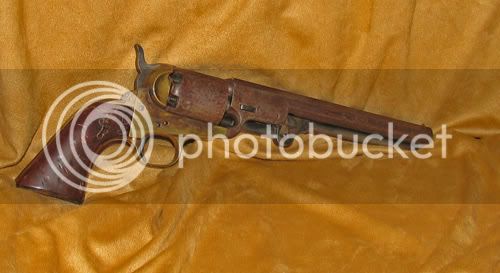JackAubrey
45 Cal.
- Joined
- Dec 5, 2004
- Messages
- 586
- Reaction score
- 5
Is the metal in the Italian reproduction revolvers equal in quality to actual 19th century arms? How does the reproduction steel compare to modern firearms steel? Best regards, JA


Jack Aubrey said:Is the metal in the Italian reproduction revolvers equal in quality to actual 19th century arms? How does the reproduction steel compare to modern firearms steel? Best regards, JA
Ah, but the Walker cylinders were made of iron not steel as the later Colt guns were, so that model is an unfair comparison.Dan Phariss said:People need to remember that the majority of Colt Walker revolvers burst or bulged in service.
Dan
Capper said:Providing it entered the barrel the way it's suppose to.
I'm just the messenger. I read it in more than one place.
Enter your email address to join: